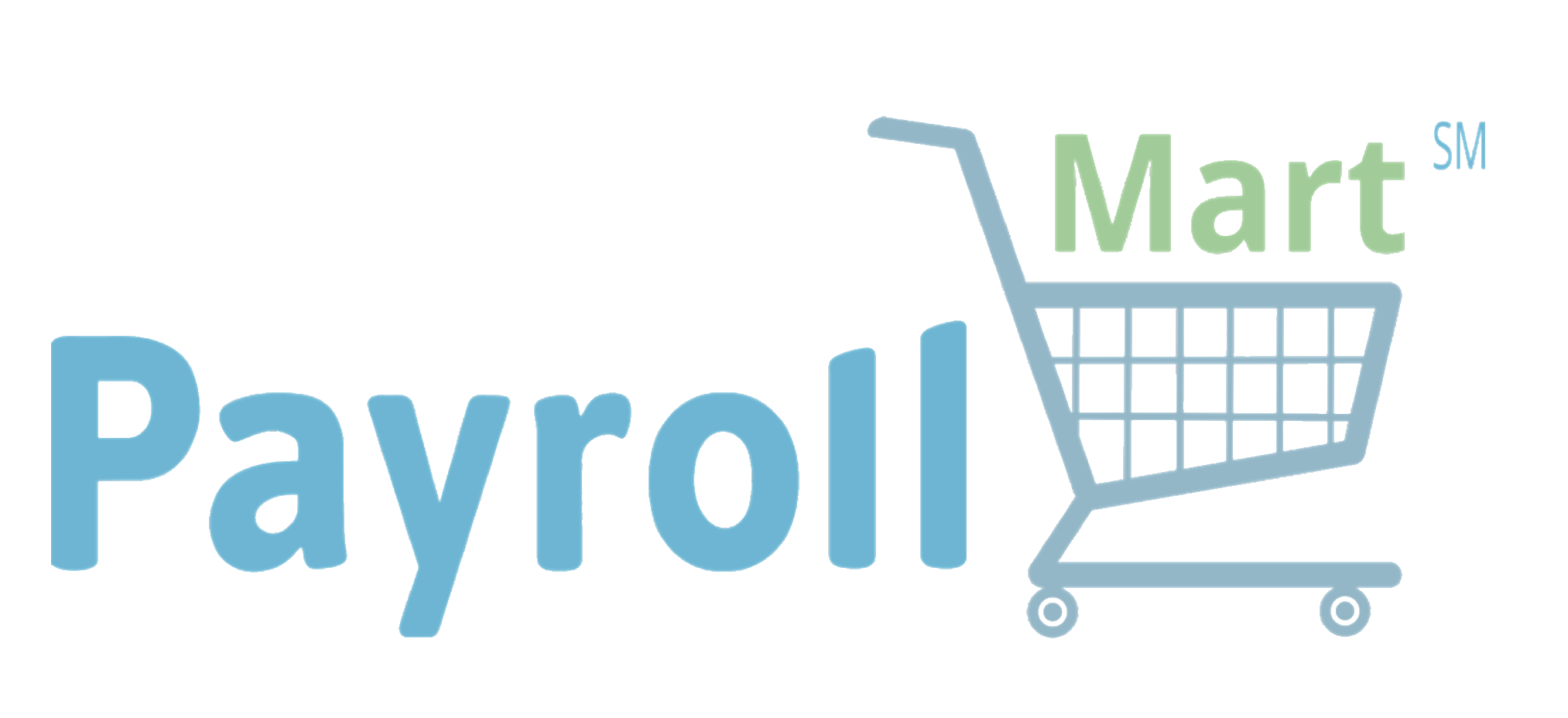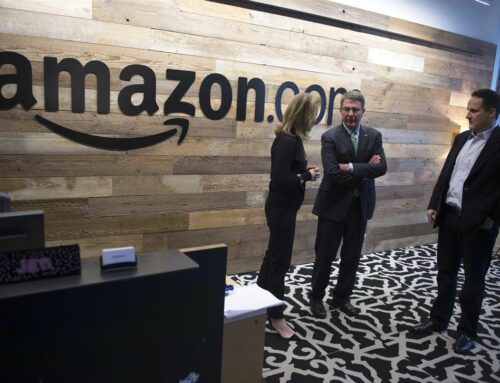It’s a given that not every employee wants the same benefits from her employer. If she’s older, she might want better retirement savings options. If she has kids, she might want flexible hours or subsidized childcare. If she’s just beginning her career, she might prioritize paid vacation.
If you’re the employer, though, you’re stuck with a benefits headache. Navigating the highly technical landscape of payroll, health insurance, and taxes is hard enough, and benefits customized to each employee’s needs might seem like more work than your company can bear.
Customized benefits pay off, though. I conducted a study for Clutch, a B2B ratings, reviews, and research company, about benefits and how workers view them. We found that employee benefits priorities change according to workers’ age and gender.
What’s more, we found that health insurance is far and away the most important benefit – 55% of respondents say they prioritize it above all others – and there are plenty of ways to customize health insurance options.
Here are a few reasons why customized employee benefit plans are best for both businesses and their workers.
-
Customized Employee Benefits Improve Loyalty
When workers feel that their companies are invested in their well-being, not just their job contributions, their productivity increases.
Let’s say that a talented employee has been working at the same marketing company for five years and is considering other job options. Then he comes down with a chronic illness. The HR team at his company helps him navigate their menu of health insurance plan options that best fit his situation, and fortunately, they had implemented a supplemental sick leave/disability plan so that he doesn’t have to worry about staying home and losing his income.
Because the company shows that it cares about him as a person by providing benefits tailored to his situation, the employee decides to stay in his job. The company retains the employee’s talent, and the employee gets help managing his health.
-
They Give Workers with Dependents Necessary Support
Women and men with children have distinct benefit needs, but those needs aren’t often met.

According to our survey, only 21% of full-time employees have paid parental leave, and only 8% have access to childcare subsidies. However, 70% of women with children under 18 participate in the labor force, according to the Department of Labor.
If there’s a way for you to offer daycare or childcare subsidies, you’ll seem more attractive to working parents who must balance parenting with jobs. This helps you attract the top talent in your industry.
In addition, your current employees with children will thank you – and will likely produce better work.
A few ways of offering support for parents with children include:
- Giving access to flexible spending accounts (FSAs)
- Installing an on-site daycare center
- Realigning your company-wide schedule so that parents with children are free during school drop-off and pick-up times
-
They Allow Older and Younger Workers More Flexibility
According to our survey, millennials place less emphasis on health insurance than Generation X and Baby Boomers.
Paul Aemisegeo, founder of PayrollMart, says that this is because older employees use health insurance more. He cites research by the Kaiser Family Foundation saying that 55% of adults 19-34 receive insurance through work, whereas 62.3% of adults 35-54 receive insurance through work.
Other research has shown that younger workers are more likely to value experiences over monetary benefits, such as insurance or 401(k) options. Therefore, a benefit package that includes more paid vacation time and less health insurance coverage might appeal to healthy workers in their teens, twenties, and thirties.
On the other hand, extensive medical coverage is more important to middle-aged employees. Consider giving this group many optional medical benefits, including:
- Dental
- Vision
- Critical injury/illness/accident
Customized Benefits Make More Employees Happy
Allowing workers to pick and choose the benefits they want from a variety of options is called cafeteria-style benefits.
As Susan Heathfield writes for The Balance, this kind of benefits administration lets employees “create a benefits package that best meets their needs and those of their family.”
As you consider the types of benefits you’ll provide for your employees, think about whether a cafeteria-style benefits plan is right for you. Just remember that guidance from an HR or benefits professional is key.



